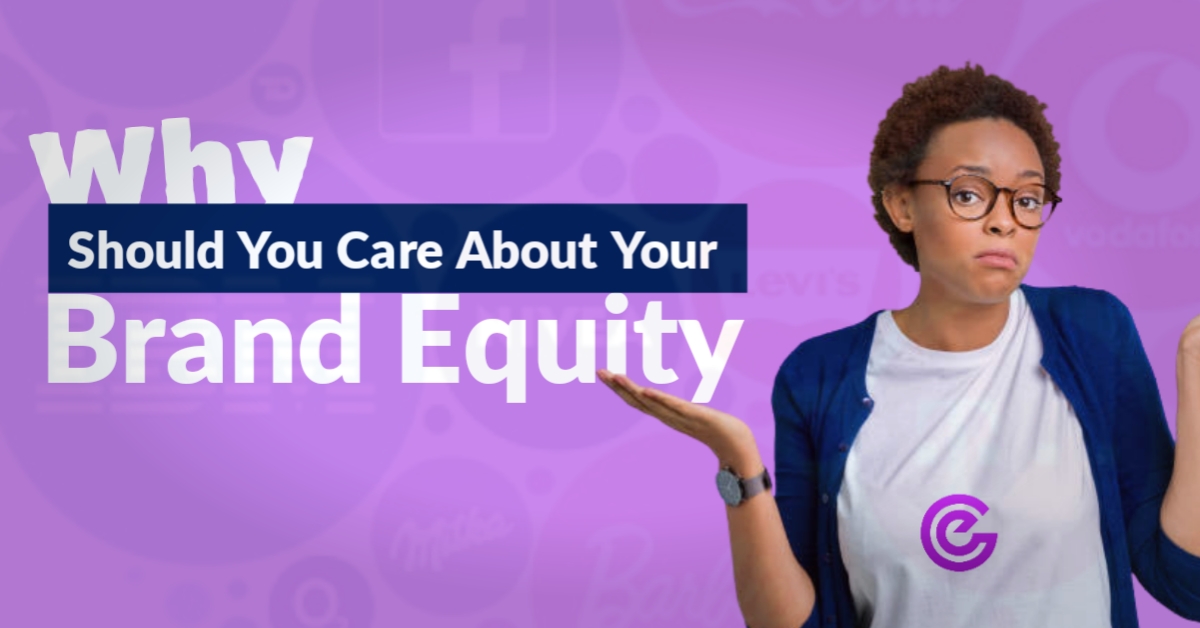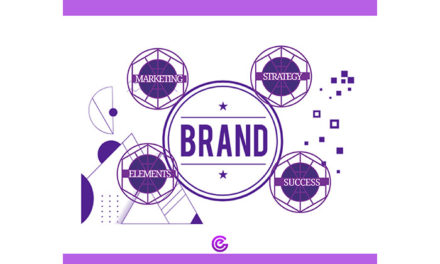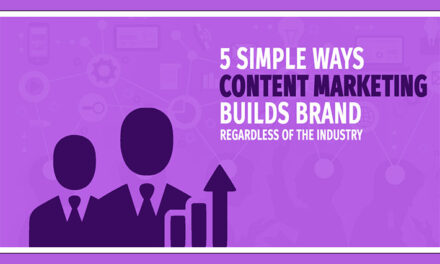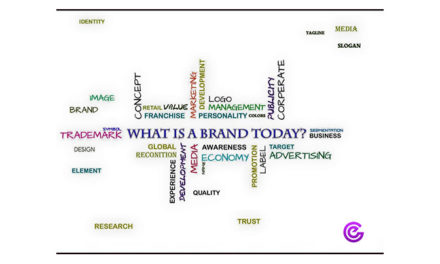Do you know that a huge number of businesses that are alive and relevant have brand equity?
You may want to argue with me if you don’t know what brand equity is all about.
One thing you may not also know is that your business is like a living being. It was born the day you launched your first product. Then, it grew when people started noticing and patronizing it.
Also, it dies the day you lock down your office or stop selling anything provided by the business.
Do you know the top brand names like Coca-Cola, Apple, Google, Nike, Toyota, Ford, Amazon, Yahoo, Samsung?
What about Pepsi, McDonald’s, Facebook, Twitter, Microsoft, Harvard University, etc?
Have you ever wondered why they are still alive to date?
Well, don’t get jumpy over those crazy questions. Just be glad you are here.
After reading through this article, you will get an in-depth understanding of what brand equity is and why you should care about it.
What is Brand Equity?
Brand equity is the value of a business that has known brand elements. It is the value attached to a product or an organization based on previous experience.
For example, the way you relate to a person for the first time will not be the same a second time. The experience gained from the previous meeting greatly determines how you react the next time.
That’s what brand equity is about. The brand equity of a business comes via a successful period of encounter or experience.
Brand equity as a business term emerged during the 1980s. It was majorly viewed based on financial implications. It was used to measure the financial returns of companies.
In accounting, it was viewed as an asset and measured by returns on investment, profit margin, etc.
Notwithstanding, Kelvin Lane Keller a renowned contributor to strategic brand management, advocated a focus on customer-based brand equity (CBBE).

Image Credit: Keynotes
Kevin Lane Keller is a Professor of Marketing at the Tuck School of Business, Dartmouth College. He is known for his “Strategic Brand Management” book which is a popular text on brand management.
Today, lots of scholars have shown concerns about the concept of brand equity. Most especially, from the consumers’ perspective.
Customer Based-Brand equity (CBBE)
In CBBE perspective, a notable definition was given by Keller (1993) which give more insights about the idea behind the concept.
Brand equity is the differential effect of brand knowledge on consumer response to the marketing of the brand. Keller, 1993
This implies that customer-based brand equity involves consumers’ behavior towards the marketing efforts of a known brand in comparison to their reactions to the same marketing mix of an unknown brand.
For Keller, the benefits of conceptualizing brand equity from consumers’ perspectives are clear. It allows managers to consider specifically how their marketing efforts enhance the value of their brand.
Keller (1993) opined that even though increasing sales is a critical objective of every business. It is critical to establish knowledge structures for the brand.
These structures enable consumers to respond positively to a brand.
A brand’s equity is the additional value a product receives for having a well-known feature. It is the difference between what a consumer is willing or has paid for the product with a recognized brand element (i.e names, logos, etc) and a product that does not have.
David Allen Aaker is another notable author that contributed to defining what brand equity is about.
David Aaker is an American organizational theorist, consultant, and Emeritus Professor at the University of California. He is a specialist in marketing with a major area of interest in brand strategy.
Aaker made tremendous contributions towards the idea behind a brand. Including the model which serves as components of brand equity.
Brand equity is a set of brand assets and liabilities linked to a brand, its name, and symbol, that add to or subtract from the value provided by a product or service to a firm and/or to that firm’s customers. Aaker (1991)
This definition tells the link between the equity of a brand and brand elements (i.e. Name, logo, etc).
It also implies that the value of your brand can be measured in terms of how popular, respectful, and credible it is.
Aaker Advocated for A Shift in the view of Brand Equity
David Aaker in his article @Prophet, a brand consulting firm advocated for a shift in the view of a brand as an asset.
He advocated for a shift of emphasis on tactical measures such as short-term sales to strategic measures of brand equity and other indicators of long-term financial performance.
See how he puts it:
When brands are considered assets, the role of brand management radically changes, from tactical and reactive to strategic and visionary. David Aaker
Aaker explained that a strategic and visionary view of a brand automatically changes marketing from being perceived as a tactical arm of the business run by middle and lower-level managers.
This new view puts marketing at the top executive where brand portfolio strategies, the value proposition, growth strategies, and global brand strategies will be handled.
David Aaker developed different dimensions or components that could be used to measure a brand’s equity. The model developed by Aaker is widely accepted and adopted by brand managers as a roadmap to build their brand’s strength.
What are the Components of Brand Equity?
These components are parts of Aaker’s model that can be leveraged to sustain a brand’s value. They are:
- Brand Loyalty: Brand loyalty is the pillar of a brand’s equity. It is defined as a deeply held commitment to rebuy or patronize a preferred product consistently over time. Brand loyalty entails regularly purchasing a specific product despite situational factors and marketing efforts that have the potential to cause the switching behavior of customers.
- Brand Awareness: Brand awareness is the degree to which consumers are familiar with your brand elements. Brand awareness is the ability of potential buyers to recall that a certain product category belongs to a particular brand.
- Perceived Quality: Perceived quality is consumers’ judgments about the superiority or worth of a product offered by a business. A product that has a high positive perceived quality enjoys consumers’ support.
- Brand Association: Brand association is the meaning of brand in the consumers’ memory.
- Other Assets/Properties: These are elements that add to the competitive advantage of your brand. They add to making your brand stand the test of time even amid competitors. That includes patents, intellectual properties, established relationships, and trademarks.
These components can be summarized using the diagram below :
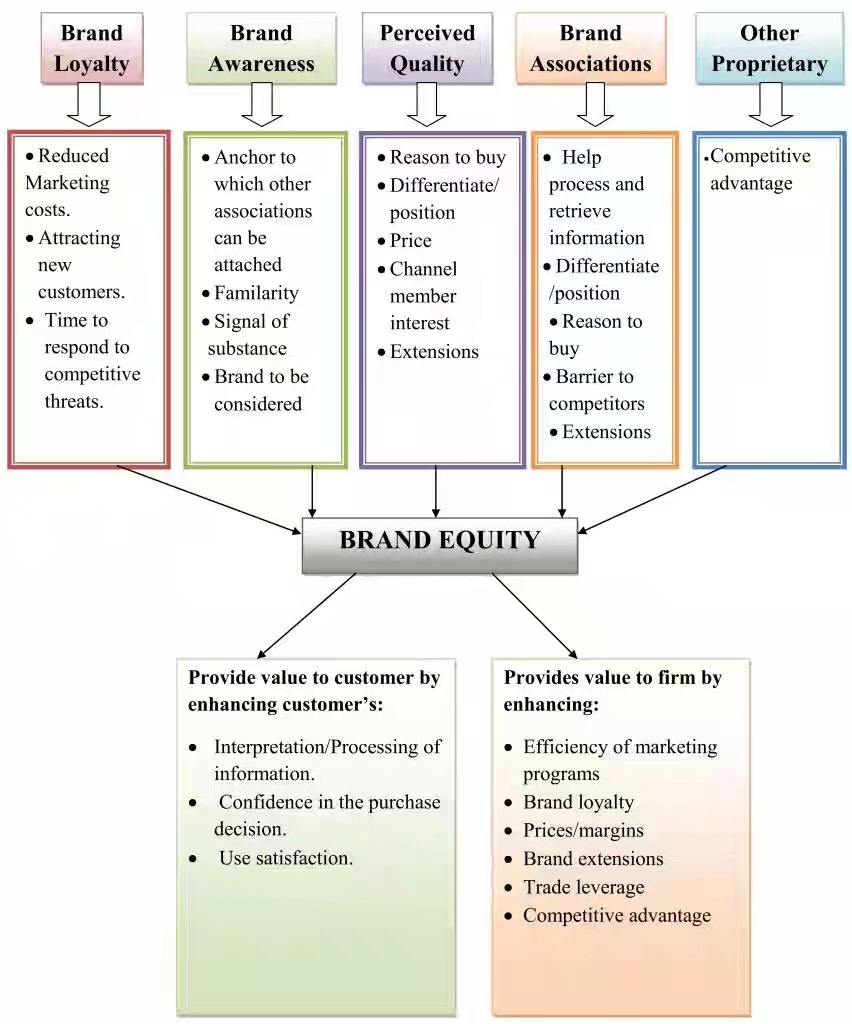
Image credit: Simplenotes
Why should You Care About Brand Equity?
The importance of the equity of a brand cannot be overemphasized. At the beginning of this article, I stated that brand equity is the reason most successful businesses are still alive.
It comprises everything about your brand elements such as your brand name, logo, voice, etc. You need to get a clear understanding of what brand element is all about, check out this article that covered everything you need to know:
Related: Powerful Brand Elements You should Use To Sustain Your Business
In Customer Based-Brand equity (CBBE), brand equity increases a customer’s ability to interpret and process information, improves confidence in the purchase decision, and affects the quality of the user experience.
Are you still asking why you need to maintain your brand to improve its equity?
Here are the answers:
- Product line extension: You can easily introduce new products especially similar ones. For example, Facebook easily introduced and integrated Instagram into the social media business. This is because they have already gained ground with the Facebook platform.
- Valuable Asset: A positive brand equity is worth more than anything you can imagine. It is usually calculated as part of the intangible asset of a company. More also, it could be sold or leased to others for business purposes.
- Premium Price: The level of equity a brand has determined how much its product (s) will be sold. For example, iPhones are always sold at a higher price compared to most other kinds of phones. That’s because Apple has built a very strong and higher brand in the market. Therefore, consumers are ready and willing to buy its products at higher prices.
What are the Sources of Brand Equity?
The success of a brand depends on whether its equity is positive or negative. Negative brand equity will contribute negatively to the entire firm while positive equity will contribute positively.
A positive value of a brand depends on how committed it is towards meeting and exceeding the expectations of its stakeholders (customers, employees, host community, shareholders, channel members, and the government).
In other words, the source of positive brand equity lies in the effort to provide value beyond what competitors offer.
Examples of Positive Brand Equity
There are lots of brands that have been recognized as having global positive equity. Such as Apple, Amazon. Facebook, Google, etc.
The survey from Statista recorded that as of 2020, Amazon emerged the most valuable brand in the world with a brand value of over 221 billion U.S. dollars followed by Google with a brand value of over 160 billion U.S dollars.
These brands have gained positive brand equities as a result of their commitment to fulfilling their promises. Promises like convenience, innovation, speed, etc are geared towards maximizing stakeholders’ satisfaction which added to their positive global brand reputation.
Final Note
Brand equity is a walk not a talk. When it is seen from the consumers’ perspective, it requires a commitment to ensure a positive perception towards the brand.
Any business that wishes to survive the test of time must invest in activities that are geared towards building a reputable brand.
Further References
Aaker, D. A. (1991). Managing brand equity. Free Press: New York, NY
Keller, K.L. (1993). Conceptualizing, measuring, and managing customer-based brand equity. Journal of Marketing, 57 (1), 1-22

Jackson is an obsessed content marketing specialist. A brand storyteller, not a teller of stories. He is passionate about helping online businesses grow with compelling digital marketing strategies. Follow him on Twitter, LinkedIn, and Instagram.

